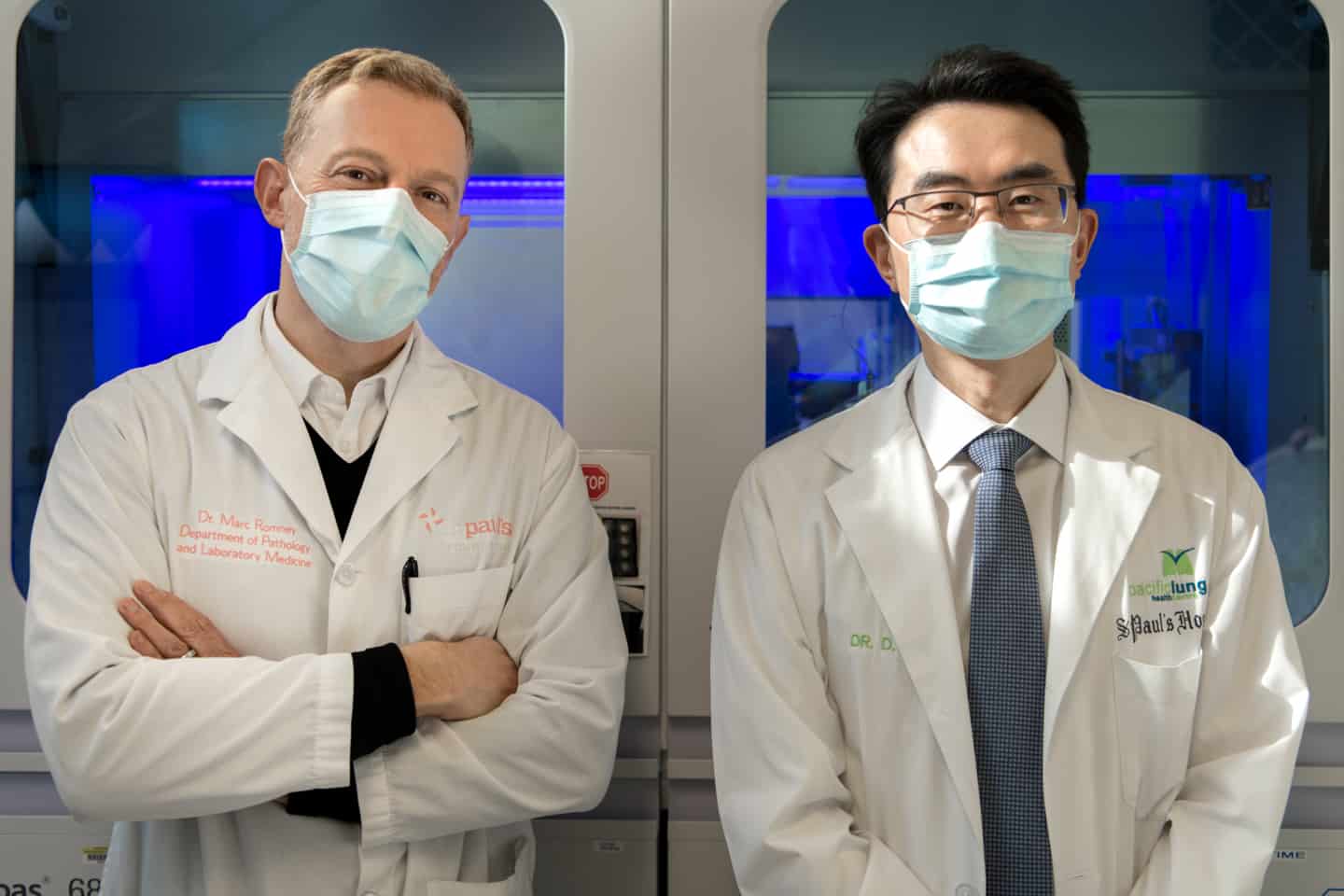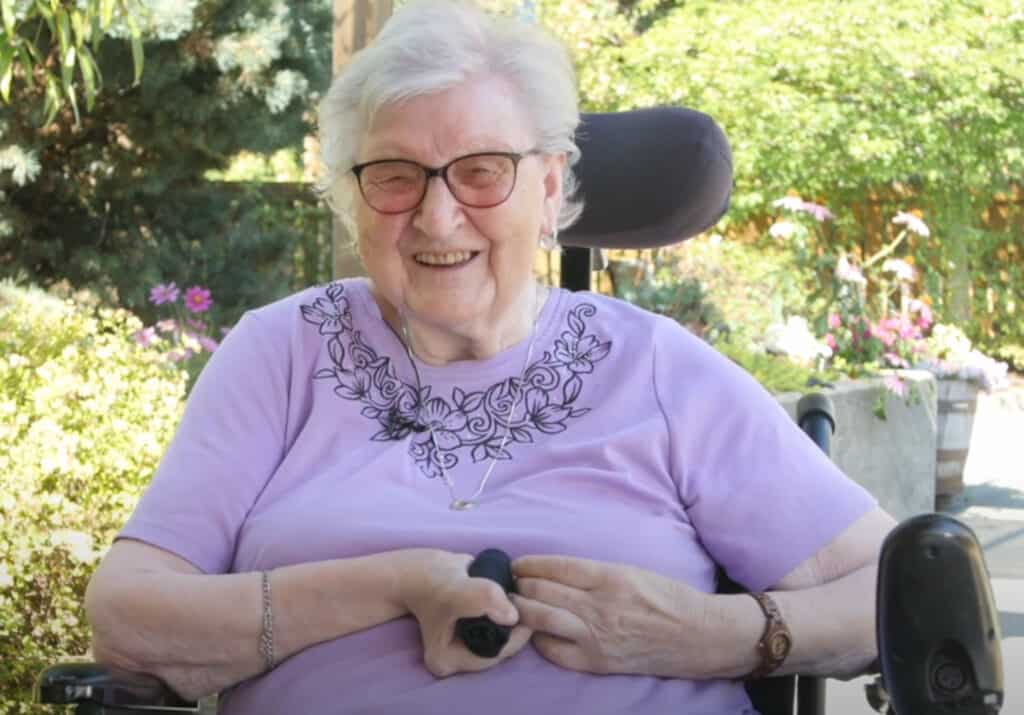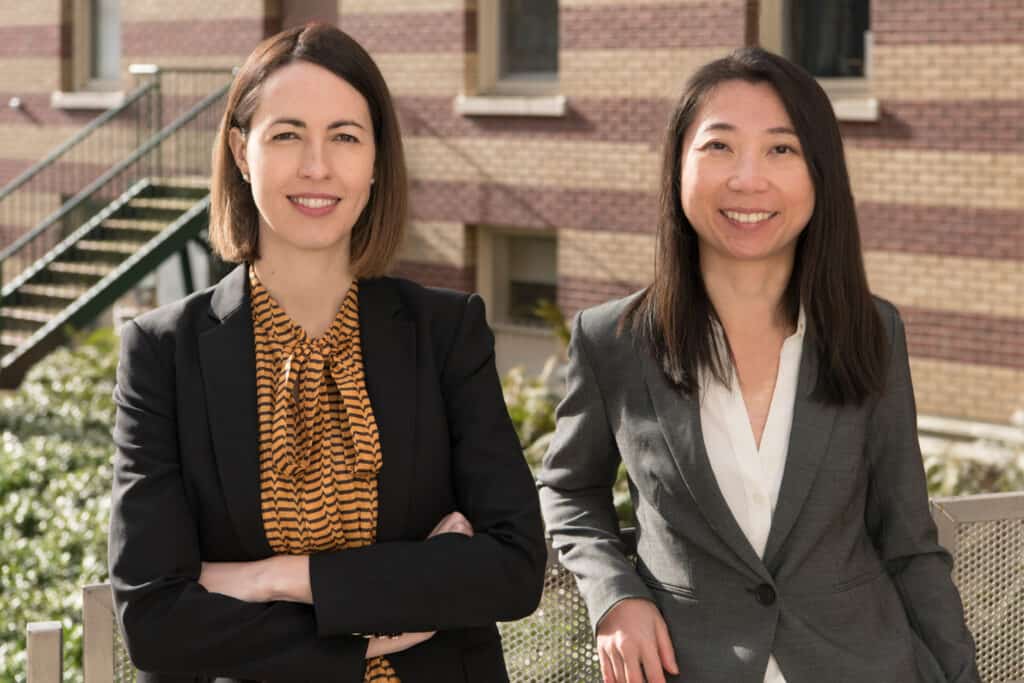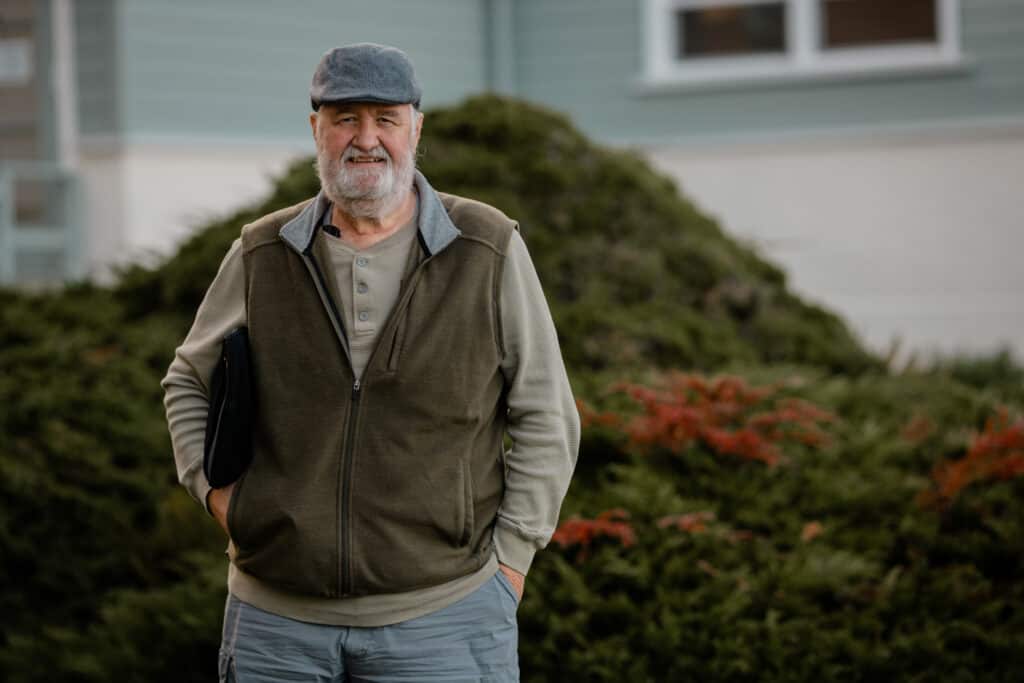Published Promise 2021
Even before the pandemic had been officially declared, doctors and researchers at Providence Health Care (PHC) launched a full court press to improve the odds for COVID-19 patients at St. Paul’s Hospital and around the world. We’re not out of the woods yet, but there is definite cause for optimism. Here are a few of our remarkable success stories.
We need an accurate test, now
The first of PHC’s pandemic initiatives can be traced to the sudden, urgent need for a test to diagnose SARS-CoV-2 (the coronavirus that causes COVID-19).
Dr. Marc Romney, head of medical microbiology and virology, worked through the 2003 SARS epidemic. He suspected the new coronavirus had the potential to cause serious infections and outbreaks, and that testing would be crucial. He mobilized his team immediately.
It didn’t take the team long to figure out that they could convert two of the lab’s Roche cobas 6800 instruments to test for COVID-19. St. Paul’s became the first in Canada with a high-throughput, fully-automated COVID-19 testing process. Just one year later, the lab had used the technology to test nearly 250,000 specimens. Today, we’re the only hospital lab in BC that’s routinely testing for all three major coronavirus variants of concern.
“The team was creative and persistent. And just as importantly, they weren’t dismissive of new technology or a different approach,” Romney adds. An equally-significant factor was their familiarity with viral testing. “St. Paul’s has traditionally been a big HIV hospital,” says Romney. “So we already had the machines and were familiar with the tests for HIV, hepatitis B, and other viruses.”
What’s next? Romney says, “We’re tapping into our local expertise with viruses, immunology, and sequencing to investigate the interplay between COVID-19 infection and immunity.”
We need faster, mobile testing
In another early-pandemic program, respirologists at St. Paul’s teamed up with researchers at SFU. Their goal was to develop a rapid and cost effective COVID-19 test. Less than a year later, a final product is nearly ready for mass production and Health Canada approval.
“It used to take four or five years to develop a test,” says Dr. Don Sin, director and De Lazzari Family Chair at the Centre for Heart Lung Innovation at St. Paul’s. “But not in these unprecedented times.”
The test uses new “MANGO” imaging technology, so named because it uses a bright fluorescent dye. Coronavirus is an RNA virus. MANGO makes the RNA in the cell stand out, so we can tell within an hour if the person is infected. It’s faster and less costly than the polymerase chain reaction (PCR) test. MANGO is also highly sensitive, so it’s more accurate.
Meanwhile, Sin and Romney are about to publish the findings from their recent pilot program (no pun intended!) at Vancouver International Airport. Between November 2020 and March 2021, close to 600 travellers volunteered for rapid antigen testing before their flights with WestJet or KLM. Every test came back negative; the team is now analyzing those results with PCR testing.
Sin believes the study will add to the much-needed debate around PCR testing mandates for international travellers. Not to mention whether there should be mandatory testing for domestic travellers.
One of the immediate benefits of the YVR project was that it proved that St. Paul’s could meet the demand for point-of-care testing outside a hospital setting. The team has gone on to help establish rapid testing sites at UBC, in correctional facilities, and at long-term care homes across BC.
“The thing about the rapid test is that you can compensate for its lower sensitivity by increasing the frequency of testing,” says Romney. “If we can test more people, we can identify more cases, and we can break more chains of transmission. Ultimately, with vaccines, this is what’s going to bring the pandemic under control.”
Even after people have been vaccinated, the demand for testing will continue as we grapple with concerns about asymptomatic transmission, the efficacy of the different vaccines, and virus mutations.
Patients, preparedness, and the new St. Paul’s
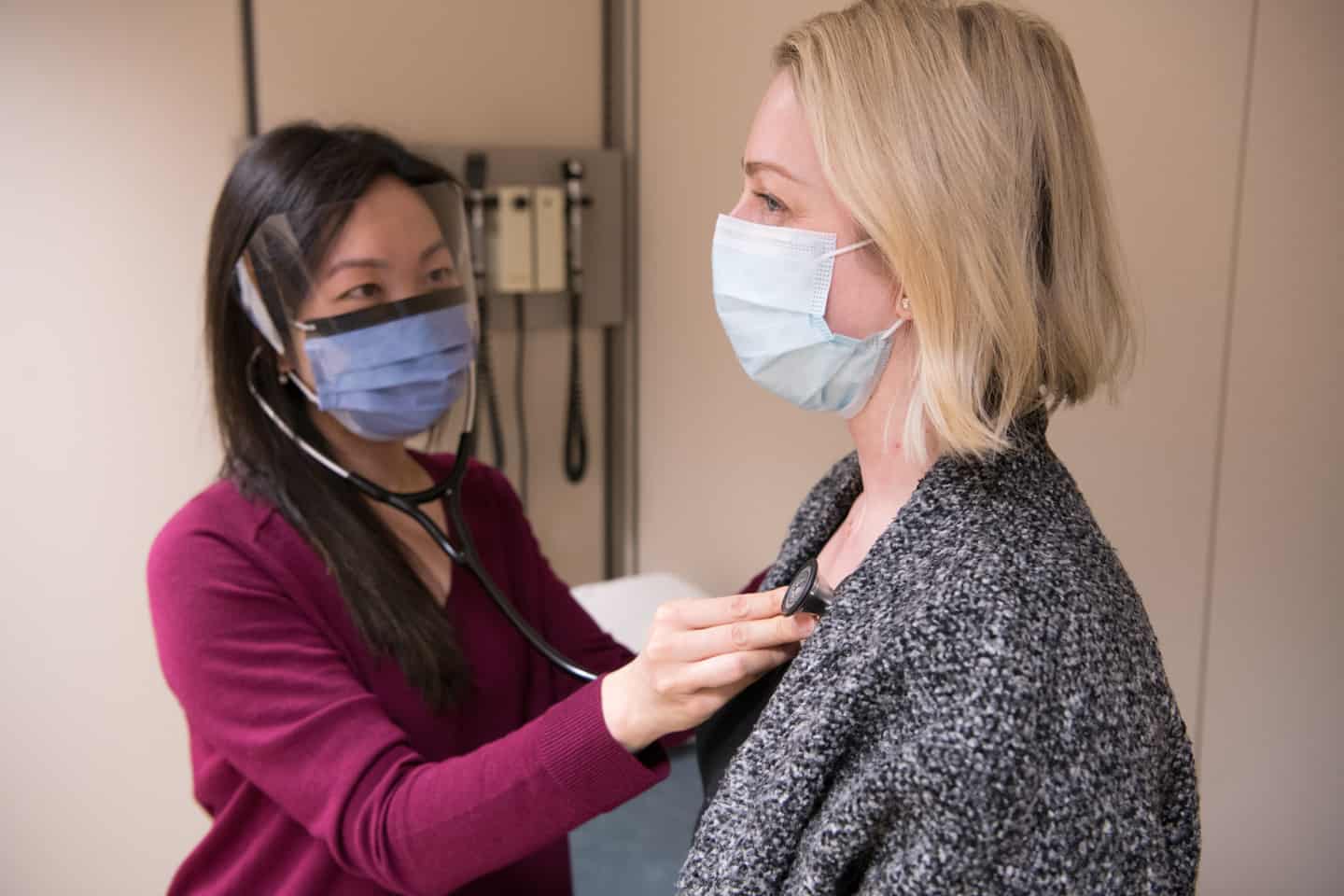
Romney is also currently leading a coalition of researchers from PHC, UBC, SFU, and the BC Centre for Excellence in HIV/AIDS to investigate COVID-19 immunity in long-term care residents. The study focuses on how immune mediators are produced by people in older age groups.
“We know that people living in long-term care have been disproportionately affected by the pandemic. We hope this research will help prevent severe outcomes and deaths in the future,” says Romney.
Post-COVID recovery has been an area of focus from the beginning. The Post-COVID Respiratory Clinic at St. Paul’s was initially established by Dr. Chris Ryerson, PHC’s head of respiratory medicine, and Dr. Alyson Wong, respirologist. This specialized clinic provides follow-up respiratory care to patients with severe COVID-19 and has led several research projects that have been published.
But because COVID affects other organs beyond the lungs, post-COVID care has now expanded to include the Post-COVID Recovery Clinic, which is staffed by multidisciplinary specialists working together to address the full scope of post-COVID illness. “Our goal,” says Wong, “is to make sure patients who are recovering from COVID get well informed follow-up care. We’re translating our research findings into recommendations for family doctors and nurse practitioners from around BC who are treating survivors.”
Despite the uncertainty and fast-changing landscape, everything we’ve learned has made our teams more resilient and more flexible. It’s given our patients better, more compassionate care. All of that, and more, will be waiting for us at the new St. Paul’s Hospital at the Jim Pattison Medical Centre.
Photography by Jeff Topham
Thanks to generous donors like you, our COVID-19 Response Fund has already helped support the amazing care and research you just read about. Give now to help these teams continue their critical work at helpstpauls.com/covid-care.
